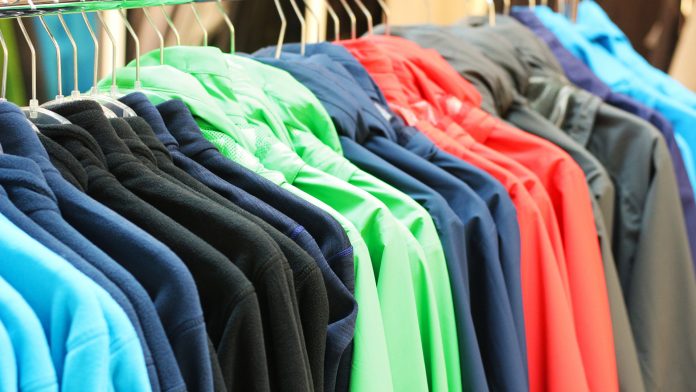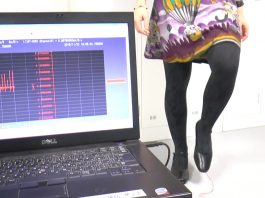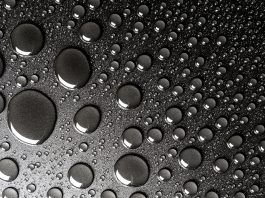Researchers create a new energy harvesting textile that allows the wearer to harness solar energy to be converted into electrical energy.
According to their 2030 climate goals, the European Commission aims to source 32% of its energy using renewable practices. However, as energy demands rise, scientists must develop new, innovative methods of harvesting methods. Researchers at the Swiss Federal Laboratories for Materials Science and Technology (EMPA) have developed a new energy harvesting textile that can be used to harvest solar power.
Materials capable of using indirect or ambient light for energy generation are already being used in the solar industry. These materials contain special luminescent materials and are called luminescent solar concentrators (LSC). The luminescent materials in the LSC capture ambient light and transmit its energy to the actual solar cell, which then converts light into electrical energy.
LSCs are currently only available as rigid components and are unsuitable for use in textiles because they are neither flexible nor permeable to air and water vapour. An interdisciplinary research team led by Luciano Boesel from EMPA’s Laboratory for Biomimetic Membranes and Textiles has now succeeded in incorporating several of these luminescent materials into a polymer that precisely provides this flexibility and air permeability.
This new material is based on amphiphilic polymer co-networks (APCN) a polymer that is flexible, stable, and permeable to air and water vapour. Boesel explains: “The reason we chose exactly this polymer is the fact that we are capable of incorporating two immiscible luminescent materials at the nanoscale and let them interact with each other. There are, of course, other polymers, in which these materials could be integrated; but this would lead to aggregation, and the production of energy would thus not be possible.”
In collaboration with colleagues from two other Empa labs, Boesel’s team added two different luminescent materials to the gel tissue, turning it into a flexible solar concentrator. The novel solar concentrators can be applied to textile fibres without the textile becoming brittle and susceptible to cracking.









